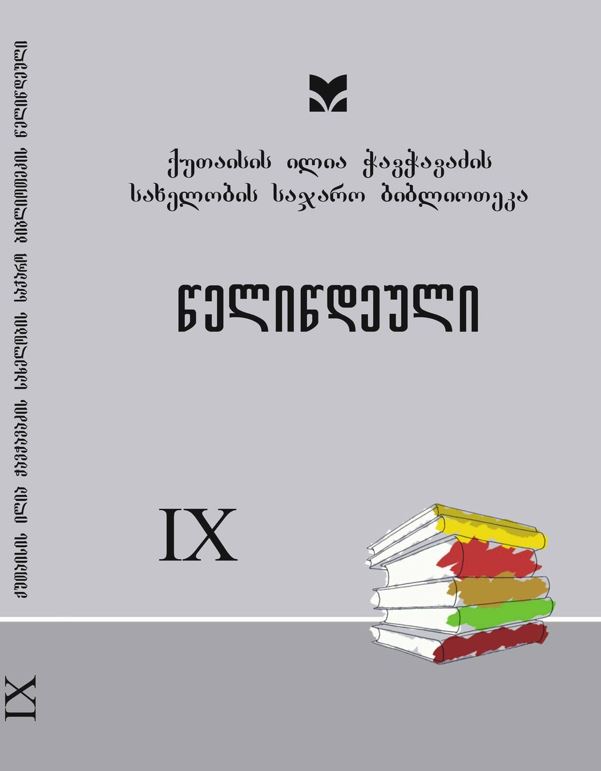სარიტუალო სამოსის მნიშვნელობა სვანურ გლოვასა და დაკრძალვის წესებში
ანოტაცია
The present paper aims to analyze archival ethnographic data of Evdokia Kojhevnikova. The topic under scrutiny is ritual clothing in mortuary customs in the lifestyle of Svans (i.e. western Georgian mountaineers). Hence, one of the sources of the paper is E. Kojhevnikova’s ethnographic data gathered in Svaneti, that had been introduced to the Simon Janashia museum of Georgia, to the historical and ethnologic collections in 1987 and had been archived. For additional sources the paper uses the ethnographic researches, that enable the authors to form an appropriate impression (image) about the regional ritual clothing and its functioning in the life of the mountaineers. Besides the descriptive, structural-functionalistic and comparative methods the paper uses the semiotic and retrospective analyzes of language and culture.
Clothing as one of the essential components of customary rites has different aspects of symbolic meaning, which conditions the existence of several levels in the semantic structure. Besides, every concrete level is actualized only within the frame of a concrete ritual context.
E.g. in Svaneti woman’s clothing of everyday use, called kesh as well as Khevsurian woman’s dress called talavari could be met in double (twofold) situations in everyday life and in the mourning rituals.
Warm, working leather-dress, called kesh (i.e made of sheep hide) if it is turned inside out (with the fur outside ) and is warn so, it becomes the sign of mourning; In the same way if the talavari is made of cotton wool dedicated for the nether world, represents a special clothing, which differs from the dress of the living. Clothes placed in such semiotic system as is a mourning ritual receives the function of a mourning sign i.e. it takes its place on the artificial man-made scale.
Thrown out of rituals and placed within the frame of everydayness, it functions as a habitual and “utilitarian” object.
Seen from the semiotic perspective, clothing as a ritual object and symbol explains the faded meaning, that once and initially created the informational space of the culture, now known as a traditional space. The status of an object reveals the cultural world of objects and as for the symbolic classification of colors set within the picture of the world, the signs such as nishani/ nakhazi,toja (i.e. specially made mannequin or artificial man ), performance of the traditional rites, etc. form such semantic structure that the semio-identification of culture becomes possible.




